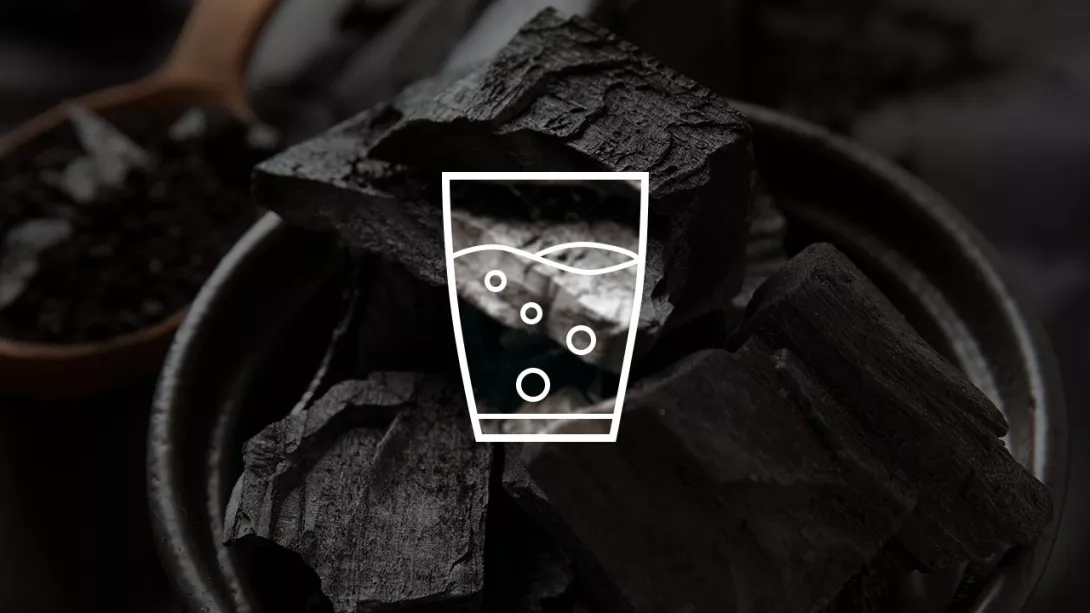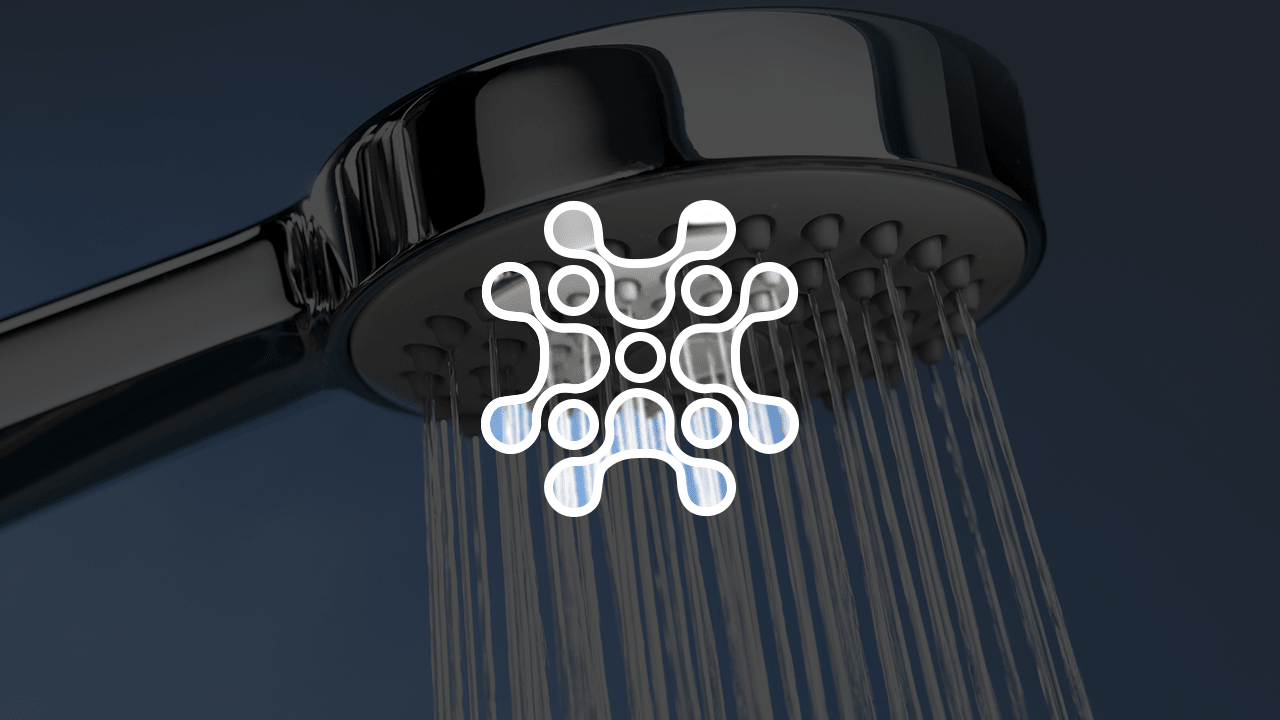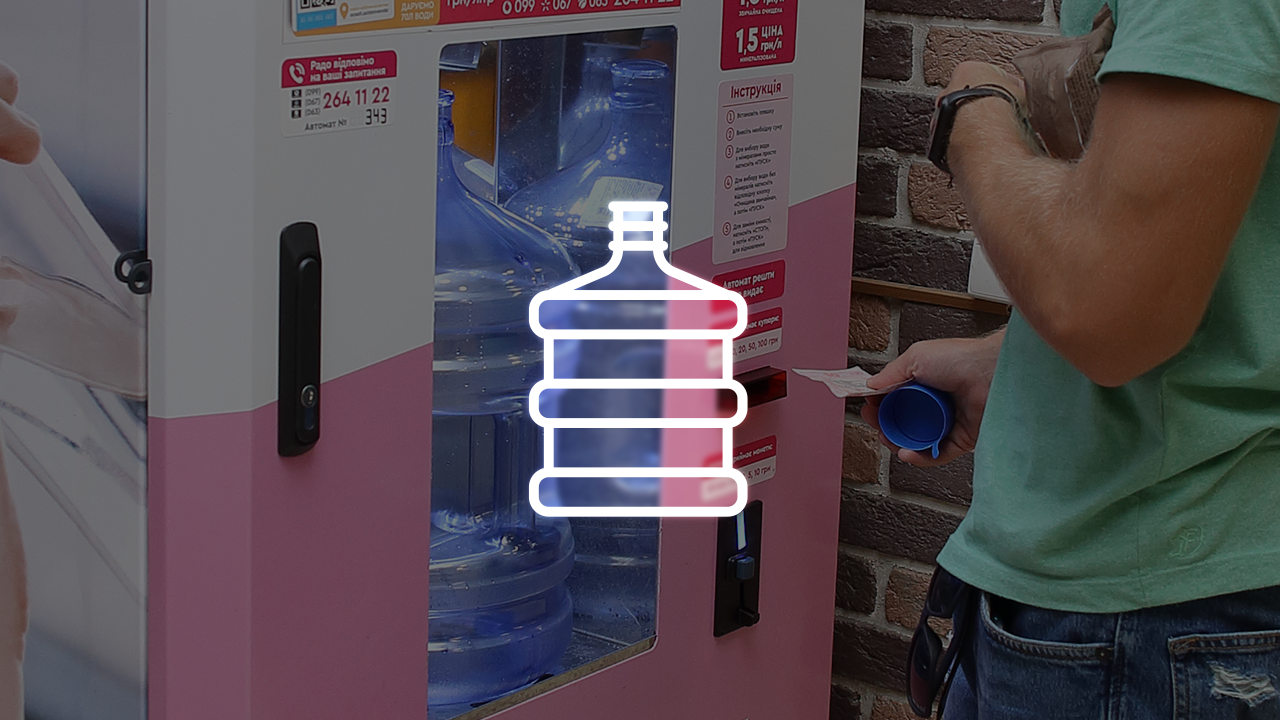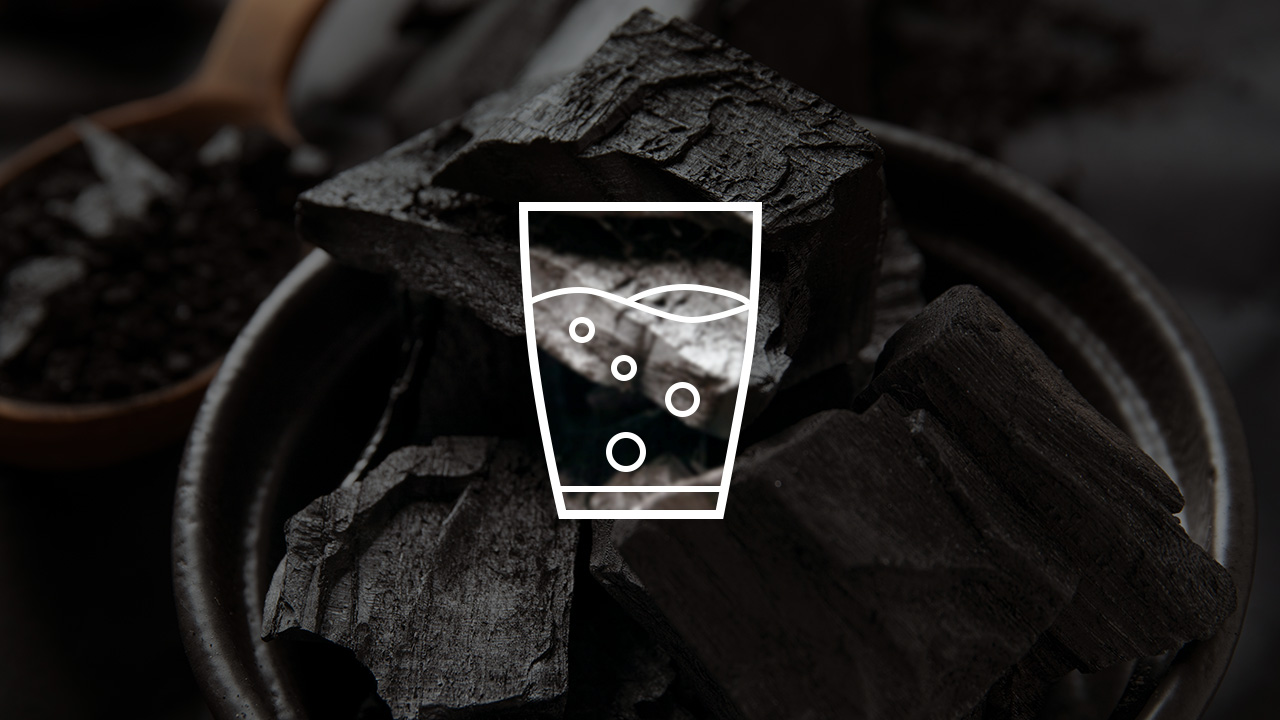Humanity has invented antibiotics and supersonic planes, yet some myths without any scientific basis continue to persist. In this article, we aim to bring some rationality into the discussion on using shungite stones to infuse drinking water.
What is Shungite Water?
Simply put, shungite water is water infused with pieces of shungite mineral for 3-5 days. To understand what this mineral can do to water, let’s look at its composition.
Shungite is a natural mineral formed in the Precambrian period (over 541 million years ago) and resembles anthracite and graphite. There are different shades of shungite: black, dark gray, and brown. Shungite is the result of decomposed plant matter, algae, and other organic remains from freshwater basins that have compacted under the weight and pressure of time, transforming into a mineral with inclusions of amorphous carbon.
Composition of Shungite and Shungite Water
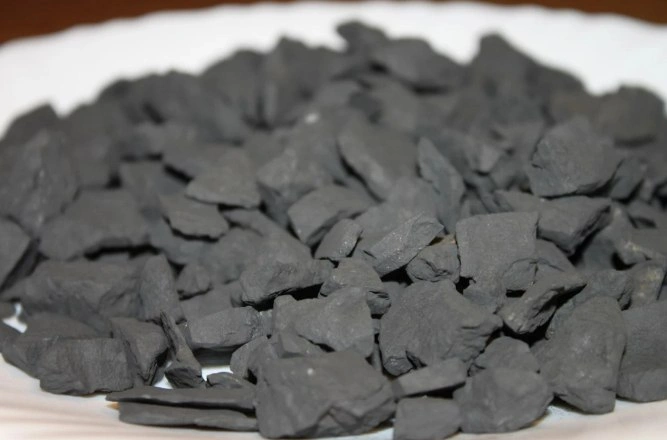
The composition of shungite has been studied repeatedly. On average, the mineral component, i.e. inorganic substances, accounts for about 65-70%.
Here we present a table analyzing the content of components in shungite for water. For the study, we used emission spectral, atomic absorption and other analyses that require sophisticated equipment and techniques. To do this, the original shungite is calcined at 800 °C to remove combustible carbon compounds from it, and then the composition is studied.
It is worth noting that other components, although not combustible, can undergo changes during calcination, for example, change from hydroxides and salts to oxides. Potentially, the original shungite may contain both soluble and insoluble mineral components.
| No | Element, Component | Component Formula | Mass Content % |
|---|---|---|---|
| 1 | Aluminum Oxide | Al₂O₃ | 4.05 |
| 2 | Iron Oxide (III) | Fe₂O₃ | 1.01 |
| 3 | Iron Oxide (II) | FeO | 0.32 |
| 4 | Potassium Oxide | K₂O | 1.23 |
| 5 | Calcium Oxide | CaO | 0.12 |
| 6 | Silicon Oxide | SiO₂ | 36.46 |
| 7 | Magnesium Oxide | MgO | 0.56 |
| 8 | Manganese Oxide | MnO | 0.12 |
| 9 | Sodium Oxide | Na₂O | 0.36 |
| 10 | Titanium Oxide | TiO₂ | 0.24 |
| 11 | Phosphorus Oxide | P₂O₃ | 0.03 |
| 12 | Barium | Ba | 0.32 |
| 13 | Boron | B | 0.004 |
| 14 | Vanadium | V | 0.015 |
| 15 | Cobalt | Co | 0.00014 |
| 16 | Copper | Cu | 0.0037 |
| 17 | Molybdenum | Mo | 0.0031 |
| 18 | Arsenic | As | 0.00035 |
| 19 | Nickel | Ni | 0.0085 |
| 20 | Lead | Pb | 0.0225 |
| 21 | Sulfur | S | 0.37 |
| 22 | Strontium | Sr | 0.001 |
| 23 | Carbon | C | 26.26 |
| 24 | Chromium | Cr | 0.0072 |
| 25 | Zinc | Zn | 0.0067 |
| 26 | Water | H₂O | 2.18 |
| 27 | Loss on Ignition | LOI | 32.78 |
As you can see, there is a wide range of heavy metals in this table. Most of these substances are in insoluble form and will not be released into the water, and the concentrations of others are so low that they will not cause harm.
Using Shungite for Water Purification
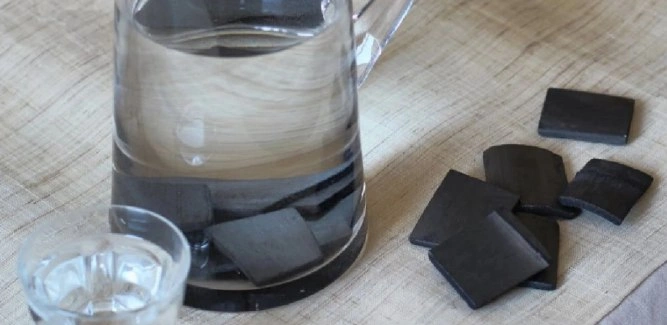
Crushed shungizite (calcined shungite) has high abrasion resistance, chemical resistance and does not create secondary water pollution, which allows the material to be used as a loading for mechanical water filters. Due to its rough surface and low porosity, it has catalytic and sorption properties.
It is worth noting that the material does not exhibit any unique properties or special selectivity for any substances. Various materials can be used for mechanical filtration, such as quartz sand or clinoptilolite, which is available in the Zakarpattia region. As for the sorption properties of shungite, they are also not significant: activated carbon solves the problem of removing organic substances more efficiently, and zeolites (in particular, clinoptilolite), by the way, are also effective.
Let's compare the properties of shungite with other materials.
| Property | Shungite | Activated Carbon | Clinoptilolite |
|---|---|---|---|
| Porosity, % | 0.5 - 5 | 50 - 70% | 30 - 35% |
| Specific Surface Area, m²/g | up to 30 | 400 - 1100 | up to 300 m²/g |
| Country of Origin | Kazakhstan | Worldwide | Ukraine, USA, African countries, China |
As for the quality indicators of purified water, we will provide some data with references to research sources.
The ion exchange and sorption properties of shungite do not allow it to effectively soften tap water. When treating water with an initial hardness of 9.2 mmol/L, there are no significant changes, whereas even ordinary clay can reduce the level to 6.2 mmol/L, which is an acceptable drinking water standard.
Let’s consider the sorption properties of shungite. They are quite notable, but compared to traditional activated carbon used for sorptive water purification, they are not sufficiently effective. There are no comprehensive studies on the working sorption capacity and practical installations for water sorption, nor are there complete studies on household filters or soaking. It is worth noting that the sorption activity sharply decreases with a total mineralization above 300 mg/L.
Significant effectiveness can be observed in reducing iron and manganese content due to the rough surface structure and, consequently, the catalytic properties.
Nowadays, mechanical water purification using shungite is carried out at water treatment stations in Karelia, and water filter cartridges are made with shungite, which slightly reduce water color and turbidity.
Why is Shungite So Popular?

Initially, it was proven to be effective as a loading agent to reduce iron content, color and turbidity of water. It's worth noting that compared to activated carbon, which was used in the postwar years, the material did have similar properties, and the process of its extraction was cheaper.
In the last thirty years, it has been used to make jewelry, crystals, and water filtration media.
In the modern world, shungite water is a marketing product built on myths about medicinal properties that are not supported by anything but fairy tales.
Shungite Water: Benefits and Risks
If you have read this far, you have already realized that we are not going to describe the healing properties of shungite water.
I would like to note only one important point. The process of settling (this is how shungite water is prepared) involves pouring it into a container, immersing stones in it, and waiting 3-5 days. It is important to note that while the water is standing, especially in the warm season, microorganisms can multiply in it, which only makes it more dangerous. For this reason, its use for inhalation is strictly prohibited.
Shungite water for face, baths and washing is also, as you might have guessed, not effective.
We honestly tried to find miracle properties in scientometric databases and tell you about them. But we did not find any studies that would make us believe in the power of shungite and shungite water.
